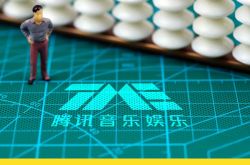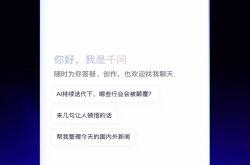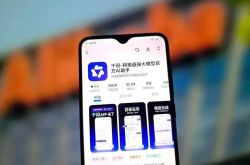Weekly Stock Review | A-Shares Dip Below 4,000 Points, Musk Targets $8 Trillion Market Cap for U.S. Stocks
![]() 11/17 2025
11/17 2025
![]() 334
334
Weekly Auto Stocks Review: Diving into the Dynamic Auto Market
After a week of volatility, A-Shares ultimately failed to sustain the 4,000-point threshold. On the final trading day of the week, they fell below this level, casting a chill over the previously hopeful market.
By Friday's close, trading volumes in both markets had tightened. The Shanghai Composite Index edged down by 0.97% to settle at 3,990.49 points, while the Shenzhen Component Index dropped 1.93% to 13,216.03 points. The ChiNext Index also fell, declining 2.82% to 3,111.51 points. The combined trading volume for both markets reached RMB 1.9581 trillion, a 4% decrease from the previous day but still hovering near the RMB 2 trillion mark, signaling intense market activity.
Amidst a generally somber market atmosphere, there was little warmth to be found, with 3,326 stocks declining and only 10 stocks hitting their daily limits. Faced with this chilly market, principal funds opted to flow out significantly, with a net outflow of RMB 96.4 billion in a single day—the highest for the week and more than double the monthly average.

Of course, the market wasn't entirely bleak. The 91 stocks that hit their daily limits demonstrated that the market still harbored potential. According to Wind statistics, since November of this year, 124 stocks in the A-Share market have reached all-time highs, with electronics, power, artificial intelligence, and automotive manufacturing emerging as hot sectors.
Take Cambricon, an AI chip company, as an example. Not only did its stock price repeatedly reach new heights, but it also inadvertently surpassed Kweichow Moutai, the so-called "sauce-flavored technology" stock, to become the most expensive stock in the A-Share market, boasting a market cap of RMB 600 billion. Despite a significant decline in its stock price amid the global semiconductor storage crisis, Cambricon's shares still remain high at RMB 1,300 each.
Turning our attention back to the automotive industry, auto stocks outperformed the overall market this week, with several automakers seeing their stock prices rise. This positive trend wasn't confined to the domestic A-Share market but also extended to the Hong Kong and U.S. stock markets.
Consider XPENG, for instance. A week after its Technology Day, the company continued to experience strong stock price growth. On November 5th, at XPENG's Technology Day, a series of achievements highlighted XPENG's potential. Emerging from a low point with the aid of AI, XPENG is now rewriting its future destiny through artificial intelligence.
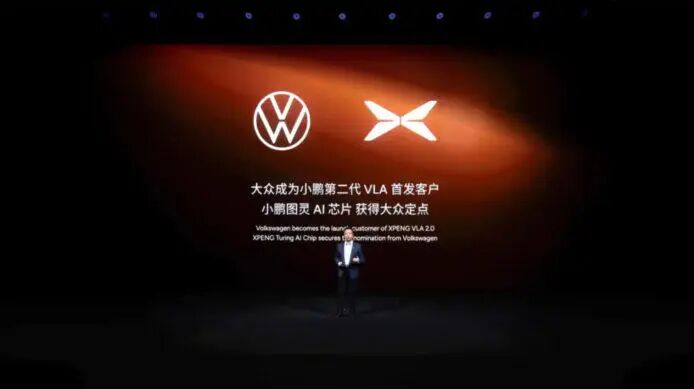
Firstly, XPENG has forged a transportation ecosystem chain powered by its second-generation VLA large model. Empowered by this model, its Robotaxi is set to launch in 2026 with three models simultaneously. Additionally, its flying car system will also commence deliveries in 2026. More importantly, XPENG's AI strategy has not only revitalized the company but also attracted new buyers.
Volkswagen will procure XPENG's Turing AI chip and VLA large model to enhance its presence in the Chinese market. Meanwhile, the first model co-developed by XPENG and Volkswagen, the ZHONG 08, was unveiled this week.
Of course, these are just minor developments in the stock market. What truly drove capital into a frenzy over XPENG was the IRON humanoid robot unveiled at the Technology Day. Making its debut with a catwalk, IRON not only ignited domestic networks but also caught the attention of Elon Musk across the ocean, who gave it a like. As a major avenue for embodied intelligence, humanoid robots have been a hot investment area this year, from the Spring Festival Gala's Yangko dance to robot marathons, seemingly bringing future technology within reach.
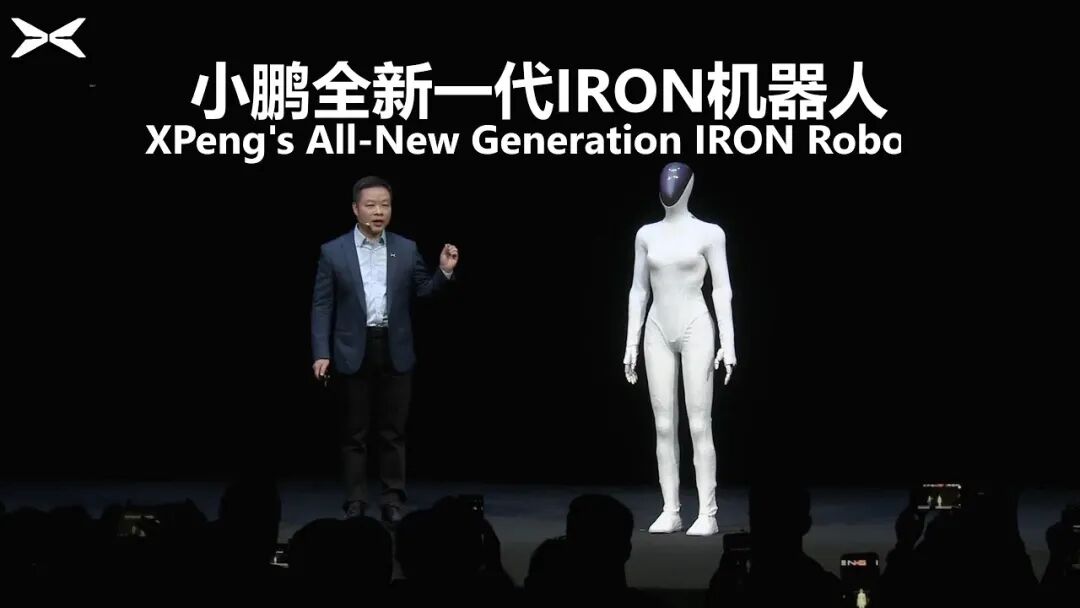
XPENG's humanoid robot, with its remarkably human-like characteristics, left many questioning whether it was a person in disguise or a genuine robot.
Amidst this wave of enthusiasm, XPENG once again became the darling of capital. On November 10th alone, XPENG's stock price surged by 16%, and on November 11th, it reached its highest point in a year at $28.235 per share, doubling from its lowest point of $11.14 per share earlier in the year.
This is also the result of XPENG's sustained efforts over the past year. From being on the brink of collapse to surpassing 40,000 units in sales in October, XPENG has made a remarkable comeback. According to reports, XPENG will announce its third-quarter financial results next Wednesday. JPMorgan believes that XPENG will turn profitable in the fourth quarter and has a positive short-term outlook with significant upside potential.
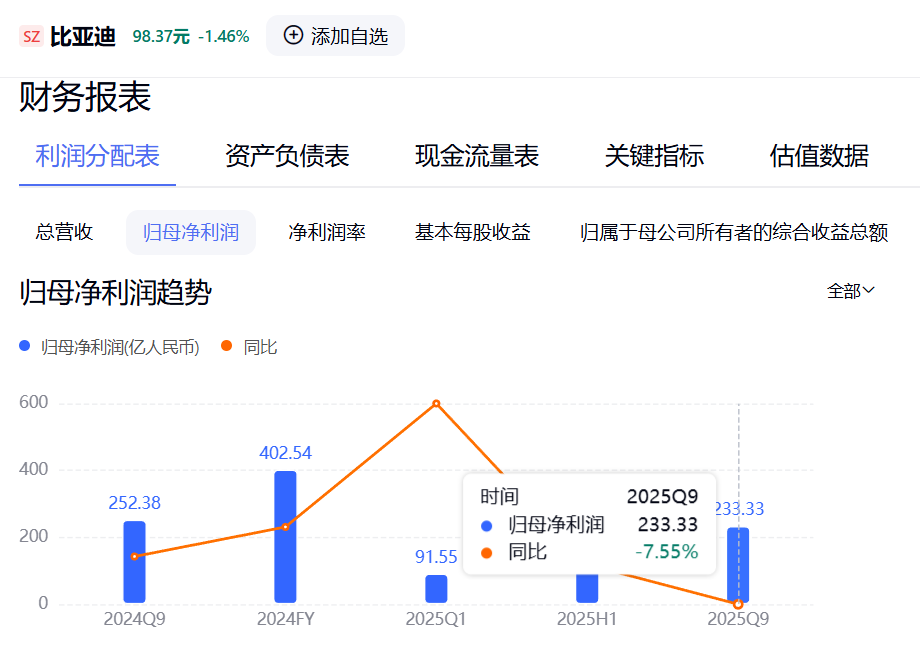
As for automakers that have already announced their third-quarter financial results, despite overall positive trends, they cannot conceal the bitter reality of declining profits. From the overall data, domestic passenger car wholesale sales in the third quarter reached 7.686 million units, up 14.7% year-on-year and 8.1% month-on-month. Among them, 4.024 million units were new energy vehicles, up 24.2% year-on-year and 10.9% month-on-month.
Driven by rapid sales growth, automakers' revenues also increased, with many seeing revenue growth exceeding 8%. Notably, industry leader BYD achieved RMB 566.2 billion in revenue, up more than 12% year-on-year.
However, unlike the rapid revenue growth, automakers' average gross margin and profits continued to decline. According to statistics, the average gross margin for automakers in the third quarter fell to 15.1%, with the impact of price wars continuing to spread. More importantly, many automakers saw significant declines in net profits. Even BYD was not spared, with a net profit of only RMB 24.2 billion in the third quarter, down 7.68%.
It seems that the curse of unprofitability for new energy vehicles still lingers in the domestic market.
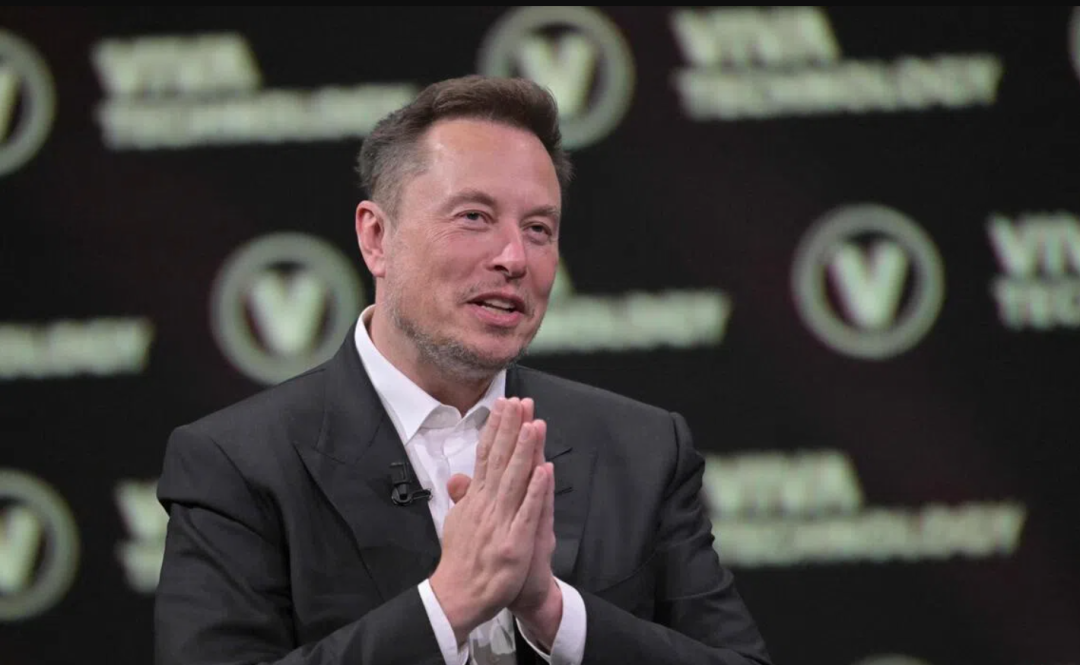
Unlike the domestic market, Elon Musk across the ocean is poised to lead Tesla to new heights. On November 6th, a special shareholder meeting approved Musk's $1 trillion compensation package.
Of course, while the $1 trillion compensation is enough to drive people wild, it comes with stringent conditions. First, Musk must increase Tesla's market cap from the current $1 trillion to $2 trillion to unlock the entire compensation plan.
Subsequently, Musk needs to continuously drive Tesla's stock price up to $8.5 trillion to unlock all compensation rewards. It's worth noting that NVIDIA, currently the highest-valued company in the U.S. stock market, has a market cap of less than $5 trillion.
Merely increasing market cap is not enough to earn the trillion-dollar compensation. Musk also needs to grow Tesla's profits from the current $16.6 billion to $400 billion, sell 20 million new cars, and 1 million Robotaxis.
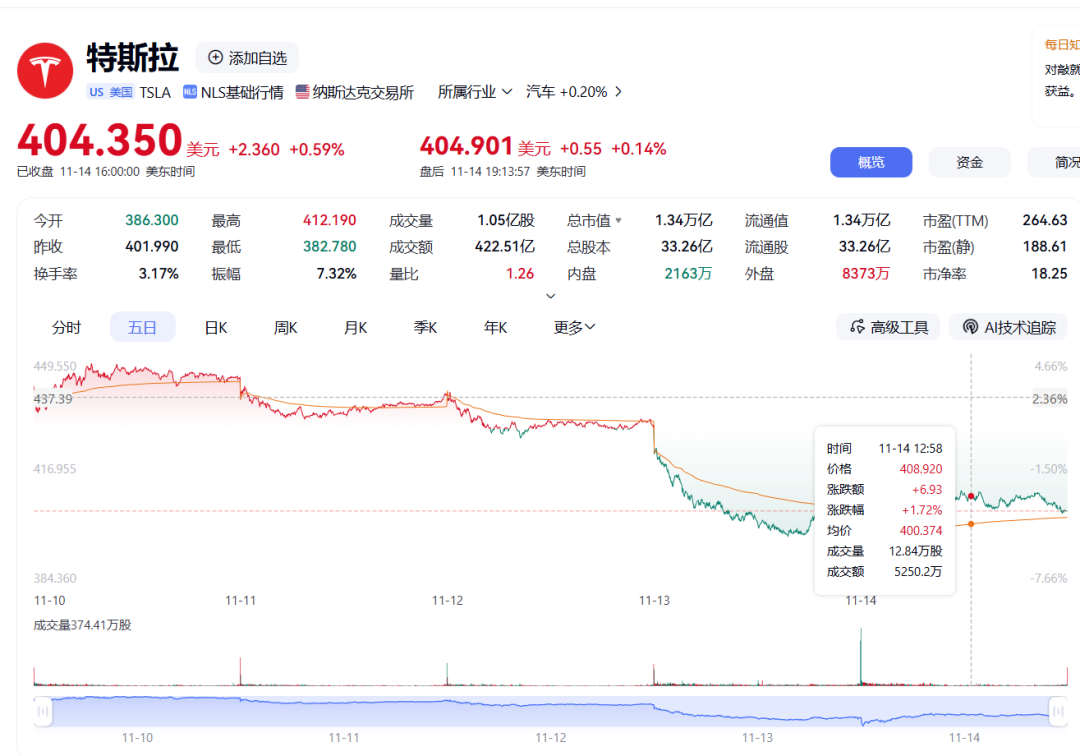
From the overall plan, the outside world's evaluation is simply that it's crazy. However, from the market's performance, this crazy compensation plan has drawn capital's attention. Tesla's stock price rose 2% on the same day, proving the significance of this vote.
However, after the initial frenzy subsides and the market returns to rationality, Tesla finds it difficult to maintain optimism. This week, Tesla's stock price cumulatively fell 5.86%, only returning to above $400 on Friday's close at $404.35 per share.
Although Tesla's third-quarter financial report showed continued high revenue growth, with revenue reaching $28 billion, up 11.57% year-on-year and reversing the decline trend this year, its net profit of $1.389 billion corresponded to a nearly 40% decline. Even someone as powerful as Musk cannot break the curse of unprofitability for new energy vehicles.
It can only be said that the new energy vehicle industry has not yet reached the inflection point for breakthrough profitability. In the global competition, no automaker can remain unscathed. The era of making substantial profits from car manufacturing is gone, and for a long time, new energy vehicles will face an era of low profits.
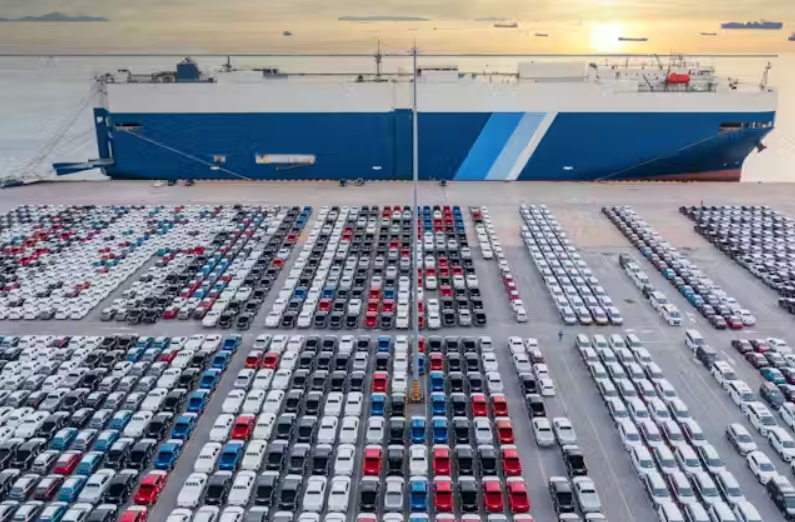
Note: Some images are sourced from the internet. If there is any infringement, please contact us for deletion.
-END-


